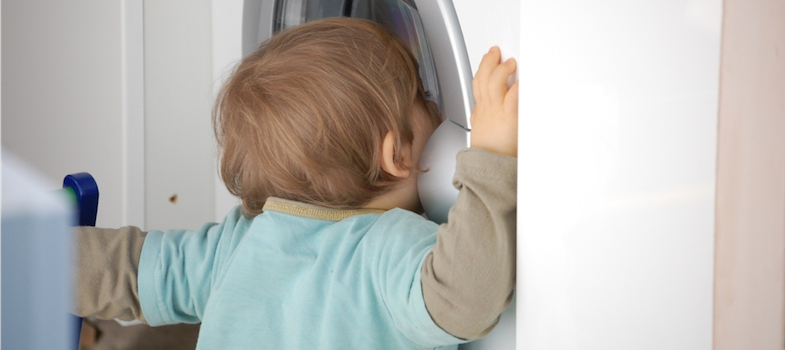Comment on Activity 7.2
Sue herself reflects that introducing In-the-Picture requires a degree of planning and discussion. As a practitioner she tends to consider using the approach as part of her visit plan and also discusses its potential use with families before actually using it during a session. Sue emphasises that families often get used to certain ways of working and develop expectations about what a visit involves. Therefore talking through the purpose and elements of any new practice with them is essential. Ironically Sue notes that the flexibility of In-the-Picture, that it is not a ‘hard and fast’ approach can make such explanations tricky. However, her experience has shown her that such ‘trickiness’ should not become a barrier to using the tool and that putting In-the-Picture into practice is the best way to develop an understanding of its impact. For both Sue and Margje using the approach has validated taking time to step back and reconnect with the child’s perspective on their daily experiences.
Other practitioners who have been interviewed about using In- the- Picture have noted that it encourages more spontaneity and informality in sessions as it lets the child lead. They also noted that as a result, interactions with the children felt unpressured and more open-ended. There was less emphasis on the practitioner having to always prepare a range of play activities for a home visit, more on developing relationships and understanding:
On the basis of my relationship with the child, I do feel I’m getting to know them a little bit more because we’re having lots and lots of fun and there’s no pressure on anybody really to perform or achieve anything. It’s just being there in that moment with that child as in sharing and enjoying that moment.
There was clear agreement amongst the group of interviewees from Portage services that the approach could be used with anyone although, as Sue commented in the film, there could be considerable variation between families. In these circumstances, the flexibility of the approach proves to be a key factor. Some practitioners emphasised that flexibility in terms of not having to be used regularly was a particular strength of In-the-Picture. Many described the approach as a tool which could be utilised when they needed to explore and discuss shared ways forward with families. However frequently it was used, practitioners consistently reflected on the profound impact In-the-Picture could have on thinking about their practice and children’s experience of it. As one Home Visitor noted:
I guess what this process has made me realise is that perhaps I've been moving on her learning faster than she's ready for perhaps.…. it made me question whether I was going at her pace or not. So that was a really interesting finding.
